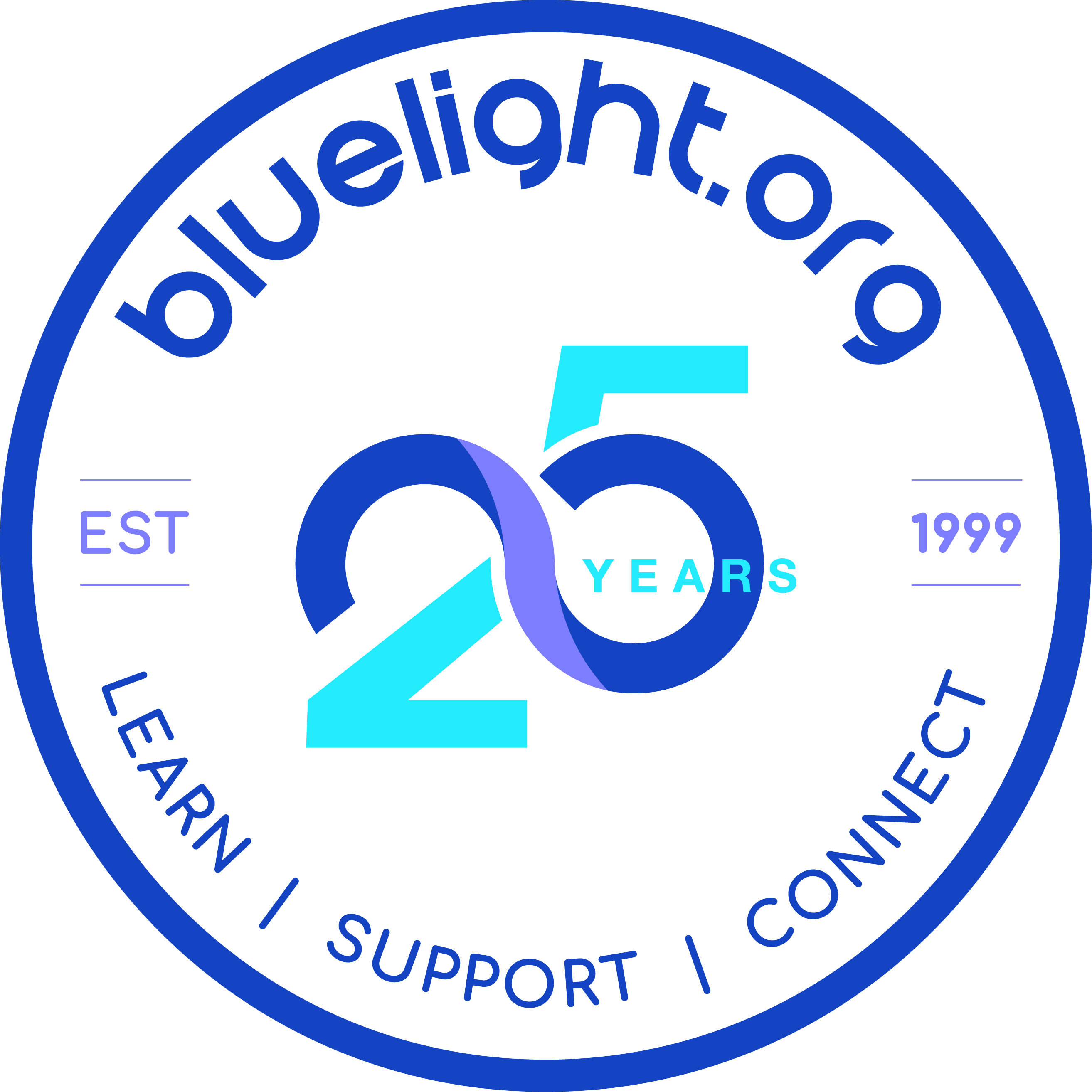General information
Methaqualone was introduced into the pharmaceutical market as non- addictive ‘sleeping pills’ in 1965. It was listed in the US Federal Register of March 1966 as an approved sedative-hypnotic under the trade name Quaalude. The abuse potential of methaqualone soon became apparent, resulting in the drug being listed in the 1971 United Nations (UN) Convention on Psychotropic Substances. It was subsequently banned in most UN member countries. Methaqualone is currently listed in the UN Convention on Psychotropic Substances of 1988.
Methaqualone is the synthetic drug of choice among South African drug users. Methaqualone represents more than 60 per cent of all drugs seized on the street and that are submitted to the National Forensic Science Laboratories (FSL) of the South African Police Service. In 2002, a total of 6 064 methaqualone-related cases involving more than three million dosage units were submitted to the FSL.
Methaqualone was introduced into the South African pharmaceutical market under the trade name Mandrax, a formulation containing methaqualone (250 mg) and diphenhydramine hydrochloride (25 mg). Following the identification of its abuse potential, methaqualone and its isomers were removed from the legal market in 1971. Methaqualone is currently regarded as an Undesirable Dependence-Producing Substance and is listed in Part III of Schedule 2 of the South African Drugs and Drug Trafficking Act, 1992 (Act No 140 of 1992).
The methaqualone seized in South Africa comes from the Middle-East, South and Central Asia, South Africa and other countries in Southern Africa. The product is sold in South Africa as tablet formulations, usually in combination with the antihistamine diphenhydramine and sometimes with diazepam.
Methaqualone is highly addictive. The abuse of this drug gives rise to a barbiturate-type dependence. In South Africa, methaqualone is often mixed with cannabis and smoked as witpyp, that is, white pipe.
The effects of methaqualone
The sought-after effects of this drug are -
* relief of tension, mental stress, and anxiety; and
* relief of the side-effects of over-stimulation or withdrawal symptoms associated with other drugs.
The possible short-term and long-term effects of this drug are similar to the effects of other CNS depressants. The effects include a reduction of mental activity, cardiac and respiratory depression, a growing tolerance to the drug, and psychological and physical dependence on the drug.
Laboratory research has revealed that the majority of the dosage units of this drug on the South African market contain notable quantities of the precursor chemical toluidine. Toluidine is reasonably anticipated to be a carcinogen (that is, a substance that can cause cancer) according to the Ninth Report on Carcinogens





